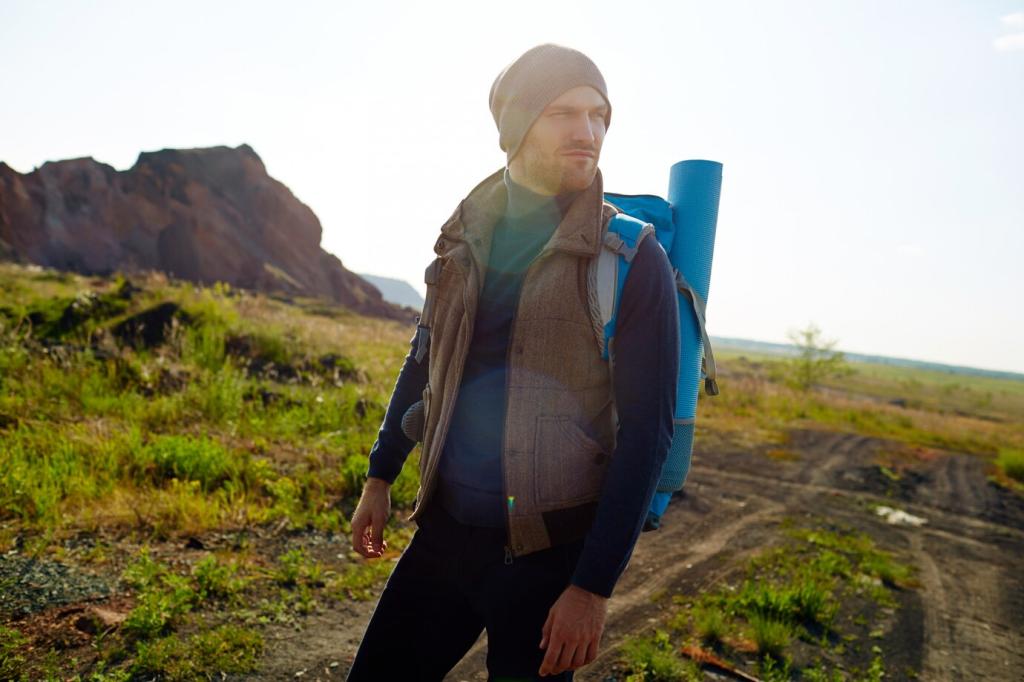Safety Tips for Mountain Hikes: Seasonal Advice
Chosen theme: Safety Tips for Mountain Hikes: Seasonal Advice. From thawing spring trails to silent winter ridgelines, discover practical, heartfelt guidance for safer adventures year-round. Say hello in the comments and subscribe for fresh seasonal insights and community trip reports.
Spring brings volatile systems and fast-moving squalls; summer favors afternoon thunderstorms; autumn swings wildly; winter compresses safe daylight. Track freezing levels, wind speeds, and storm timing. Subscribe for our weekend seasonal forecast roundup and contribute local observations.
Read the Mountain by the Seasons
Spring Strategies: Melt, Mud, and Unstable Snow
Crossing snowmelt-swollen creeks safely
Choose wide, braided crossings with slower flow, unbuckle your hip belt, and face upstream with a sturdy pole. Mornings run lower than afternoons. If in doubt, do not cross. Share your best local crossing spots and alternatives for fellow hikers.
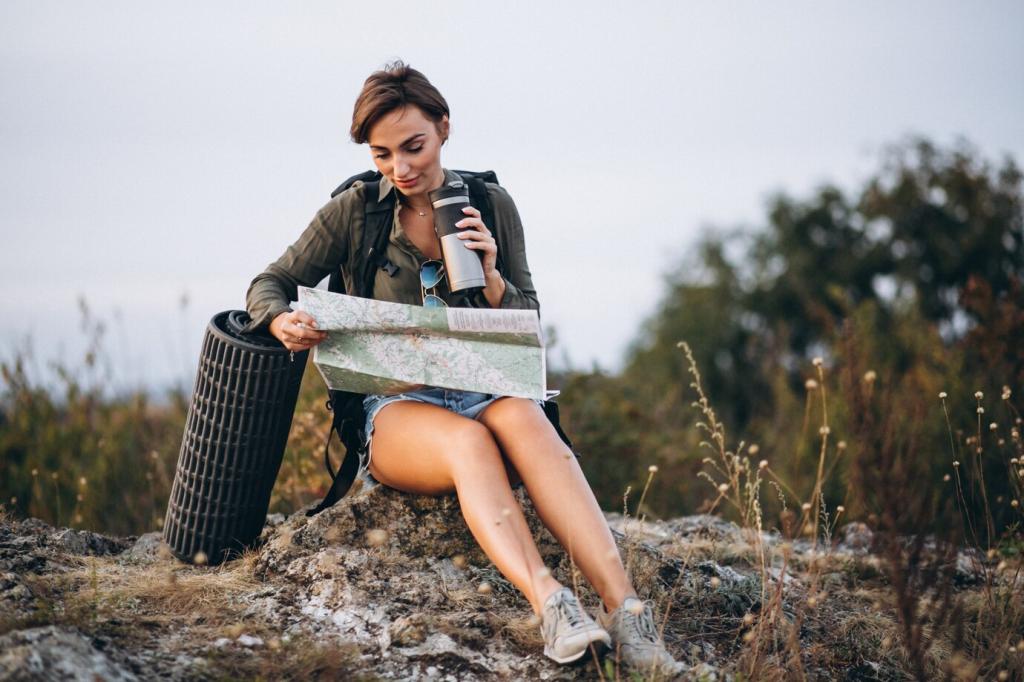
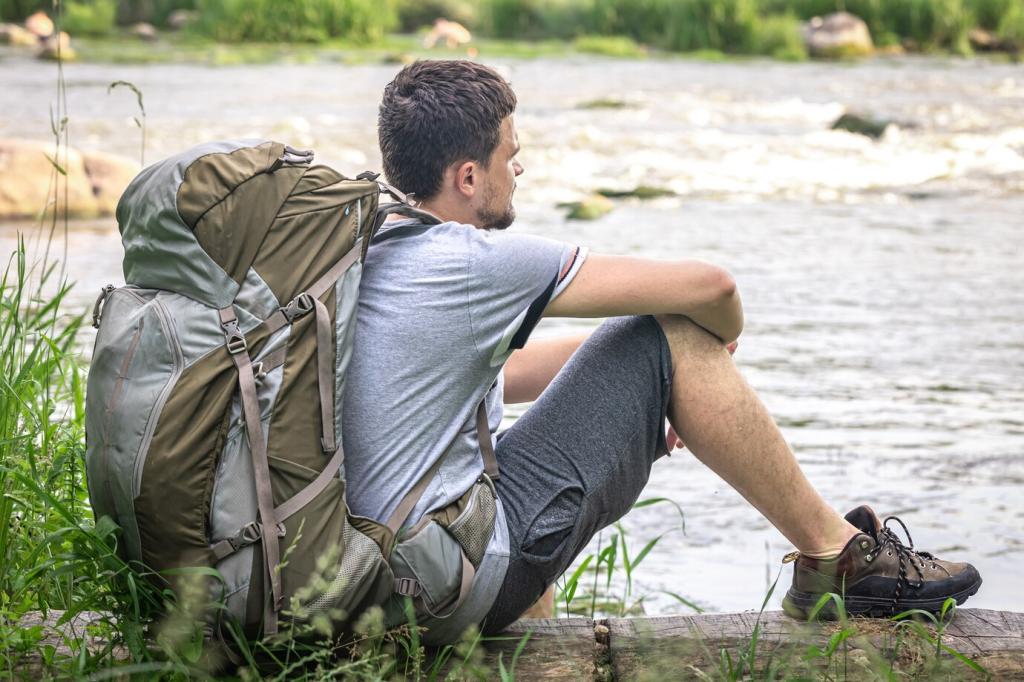
Navigating lingering snow and cornices
Avoid walking directly beneath cornices or traversing steep, sun-softened slopes above exposure. Probe for hidden voids near rocks and logs. Microspikes help on morning ice; later, postholing demands gaiters. Comment with your preferred spring traction and when you decide to turn around.

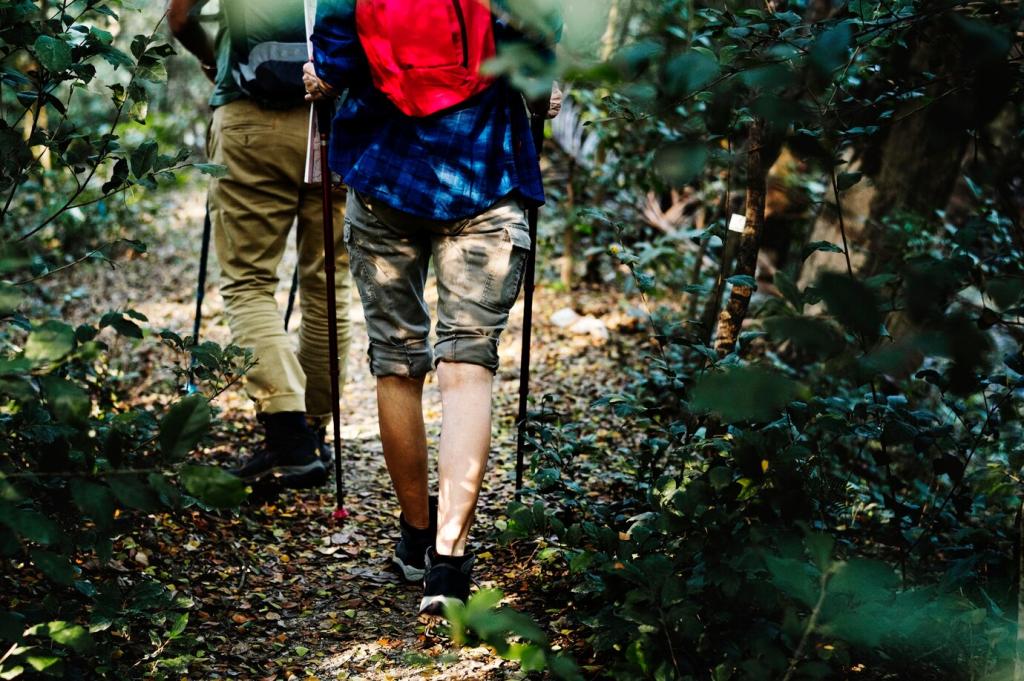
Summer Strategies: Heat, Thunderstorms, and Wildfire
Start pre-dawn, pace for shade, and sip regularly. Add electrolytes to prevent hyponatremia, and wet a buff for evaporative cooling. Know your heat stress signs. Share your favorite hot-weather snacks and cooling tricks that actually work above treeline.
Summer Strategies: Heat, Thunderstorms, and Wildfire
Plan to be off ridges by early afternoon; monitor building cumulus, anvils, and distant rumbles. Descend from summits immediately at first thunder. Spread out your group and avoid isolated tall features. Drop your comment with a storm close-call lesson others should hear.
Autumn Strategies: Shorter Days, Slick Leaves, Big Swings
Sunsets come earlier than you expect. Carry a reliable headlamp, warm midlayer, and gloves even on sunny mornings. Expect twenty-degree swings. Tell us your go-to autumn layering formula and how you decide a firm turn-around time.
Autumn Strategies: Shorter Days, Slick Leaves, Big Swings
Leaves mask holes, roots, and wet rock. Shorten your stride, keep weight centered, and test slick slabs with poles. Shoes with sticky rubber matter. Post your favorite traction-friendly footwear for leafy trails and what surfaces they grip best.
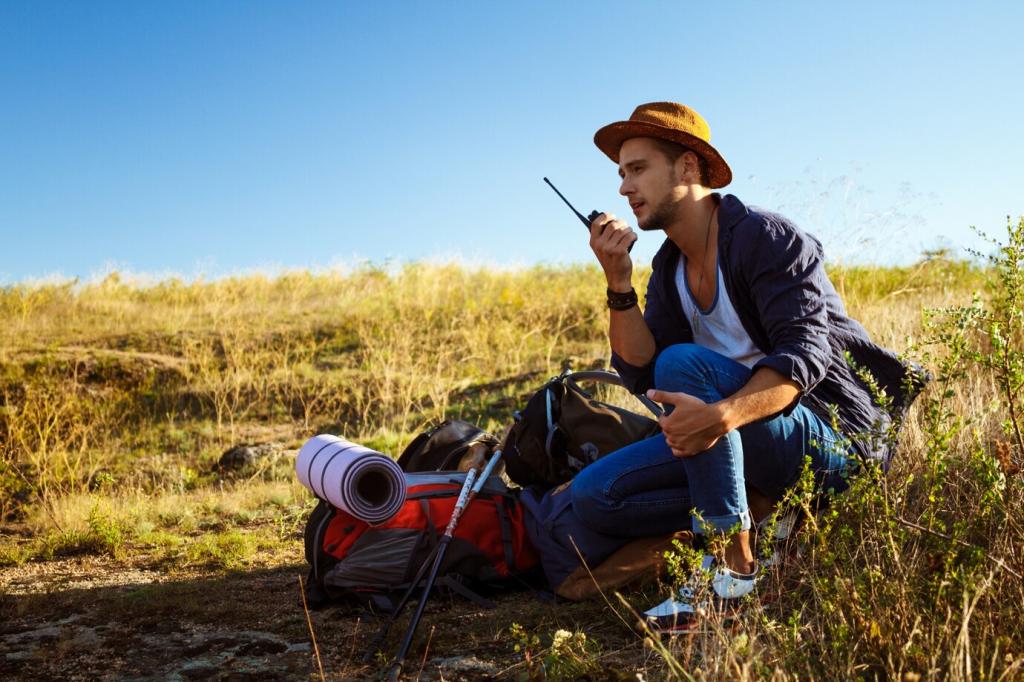
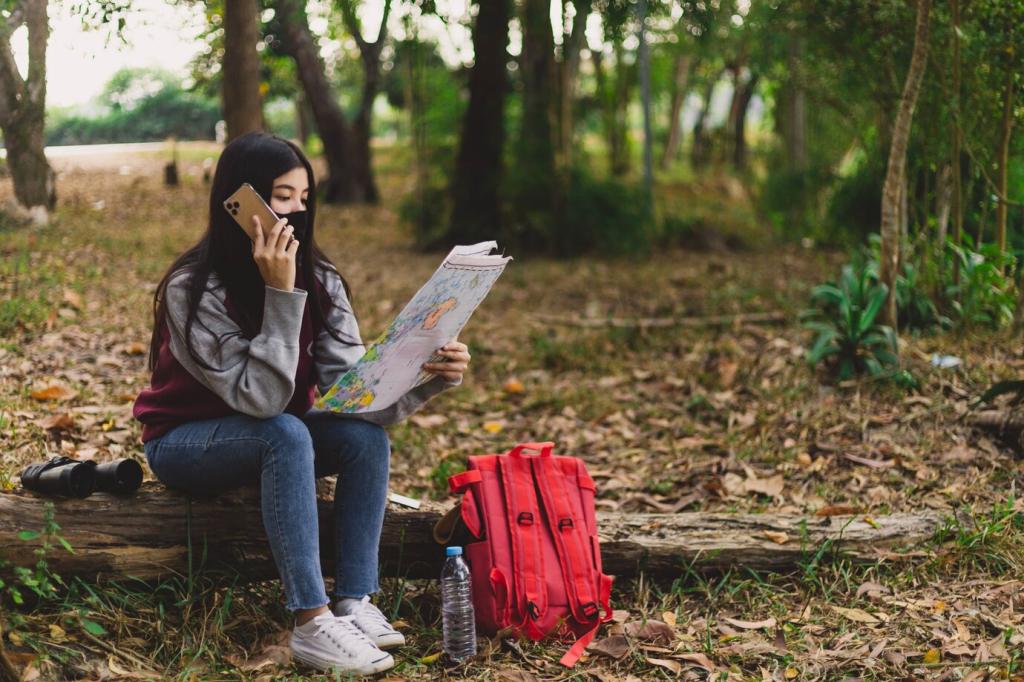
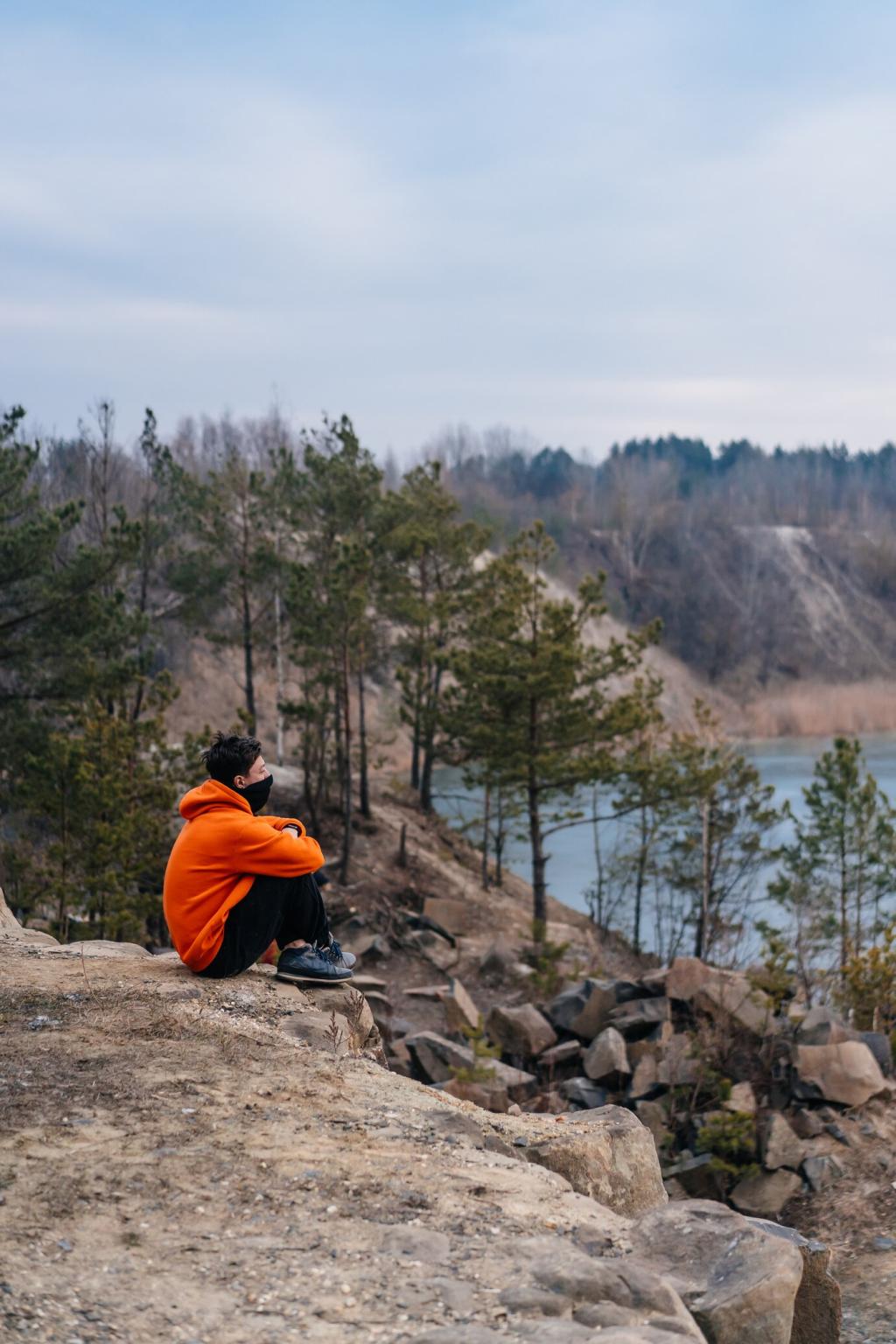
Layering against hypothermia and frostbite
Use a wicking base, insulating mid, and windproof shell. Swap damp gloves quickly, protect cheeks from wind, and keep snacks handy for heat. What’s your most trusted winter layer and why? Share your hard-earned cold-weather clothing insights.
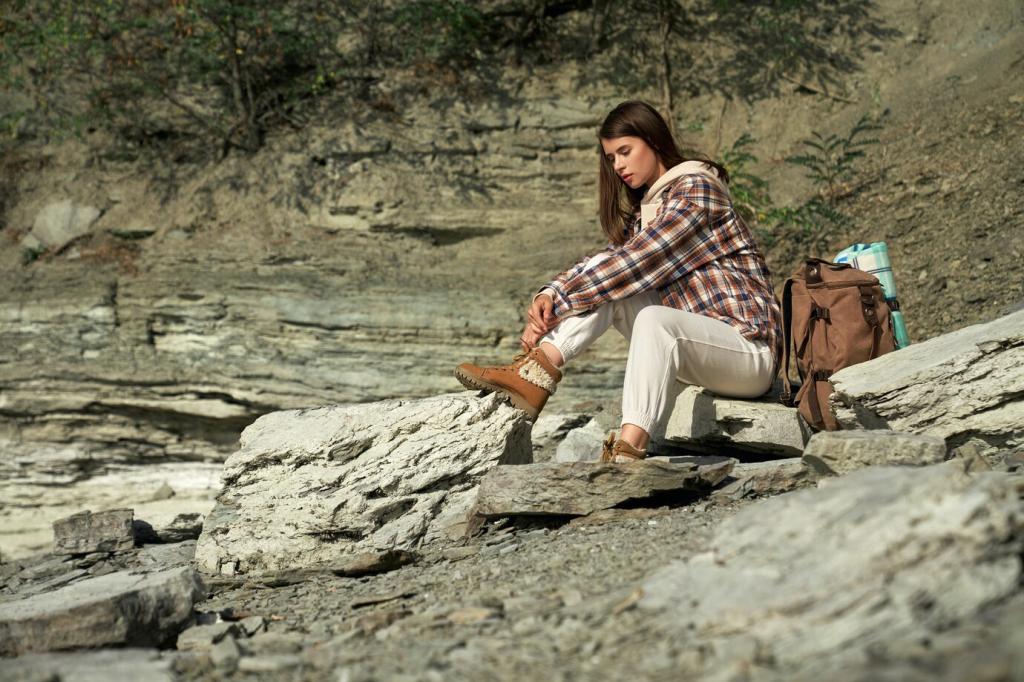
Traction, route finding, and snow science
Choose microspikes, crampons, or snowshoes based on slope angle and firmness. Carry map, compass, and GPS redundantly. Read avalanche forecasts and avoid terrain traps. Comment with a navigation tactic that saved your winter day when visibility collapsed.
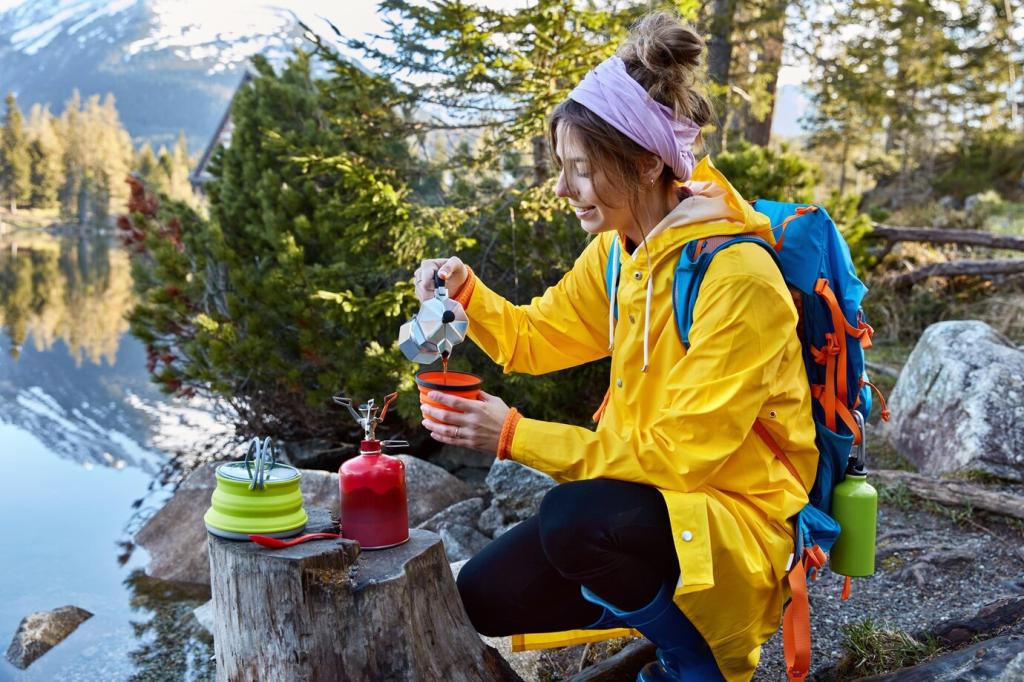
Emergency shelters and conservative plans
Pack a bivy, foam sit pad, and chemical warmers. Adopt earlier turn-around times, especially when wind chills plummet. Practice building quick snow walls. Tell us your winter contingency routine and how you brief partners before committing to cold objectives.
Seasonal Gear: Smart Checklists for Safer Days
Add waterproof socks or gaiters, lightweight traction, a sturdy pole, permethrin-treated layers, and a compact towel for creek crossings. What spring item you once forgot became unforgettable? Share it so others do not repeat that mistake.
Seasonal Gear: Smart Checklists for Safer Days
Carry sun hoody, broad-brim hat, electrolytes, extra water capacity, storm shell, and a small shade tarp for breaks. Include an N95 for smoke. Drop your minimalist summer kit that still keeps you safe when heat and storms collide.
Seasonal Gear: Smart Checklists for Safer Days
Pack a warmer puffy, extra gloves, headlamp with spare batteries, traction, insulated bottle, and an emergency bivy. In winter, add goggles and full-face wind protection. List your must-carry cold-season items and why they earn their weight.

